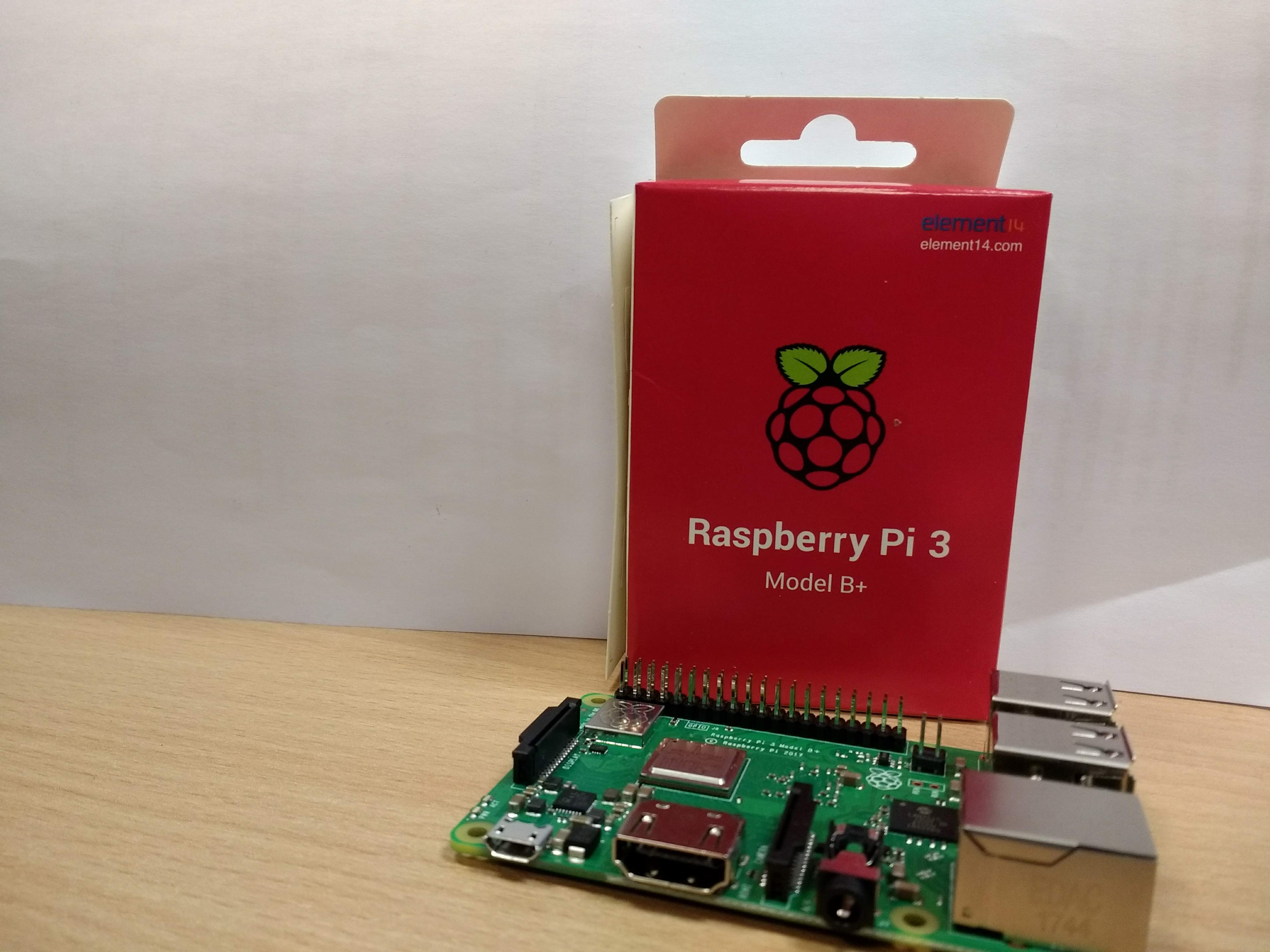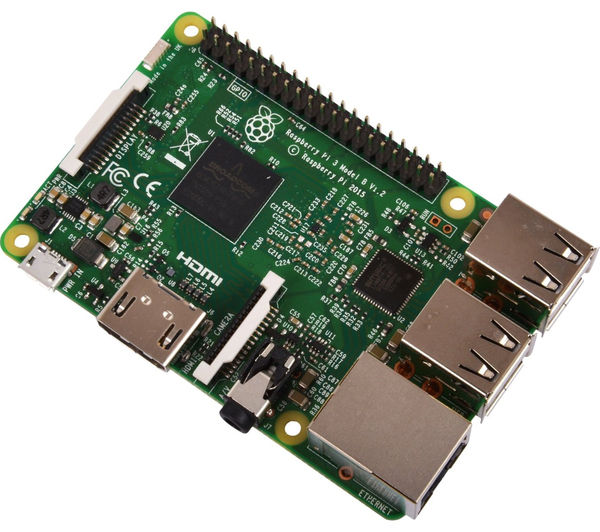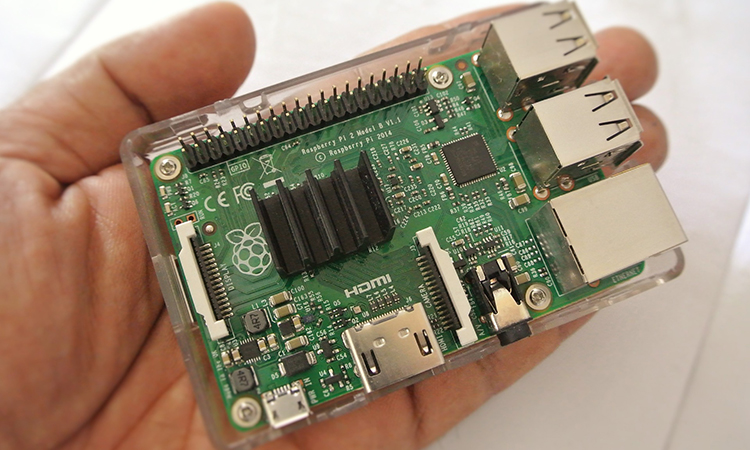

- #Raspberry pi 3 b os list how to
- #Raspberry pi 3 b os list install
- #Raspberry pi 3 b os list full
- #Raspberry pi 3 b os list password
- #Raspberry pi 3 b os list mac
Sometimes the structure of the network-config file that you modified before boot gets messed up when you boot. Success! You are now connected to Ubuntu Server running on your Raspberry Pi. Once done, you can reconnect again with the SSH command and the new password.
#Raspberry pi 3 b os list password
If you did not create a username and password in the Advanced options menu, the username and password will both be ‘ubuntu’ by default and you will be asked to create a new password at this stage. You will then be asked to sign in with your username and password You will be asked to confirm the connection:Īre you sure you want to continue connecting (yes/no/)? Ssh you set one up in the Advanced options menu. Open a terminal and run the following command: If you are on Windows you can either use Ubuntu on WSL or the built-in SSH client in the Windows terminal.

#Raspberry pi 3 b os list mac
On Ubuntu and Mac OS, an SSH client is already installed. Which will return your device’s IP ( Note: in this case the command uses the actual word ‘hostname’, not the hostname you defined in Advanced options!). If you don’t have access to your router dashboard you can temporarily connect a monitor and keyboard to your Raspberry Pi and run: If you set a hostname in the ‘Advanced options’ this should appear as your device name. The easiest way to determine your Raspberry Pi’s IP address is by opening the dashboard for your wifi router and looking for connected devices. You have to do this if you are running your device headless, but you might also want to do this if you are not, so you can access your Pi from anywhere.
#Raspberry pi 3 b os list install
Download and install the Raspberry Pi Imager on your computer as described under.If Raspberry Pi Imager is not supported by your platform, you can use Balena Etcher instead.
#Raspberry pi 3 b os list how to
This guide shows how to install the Home Assistant Operating system onto your Raspberry Pi using Raspberry Pi Imager. After installation, Home Assistant can work with Wi-Fi, but an Ethernet connection is more reliable and highly recommended. The brand doesn’t matter, just pick the cheapest. This is already part of most laptops, but you can purchase a standalone USB adapter if you don’t have one. Ideally get one that is Application Class 2 as they handle small I/O much more consistently than cards not optimized to host applications.

#Raspberry pi 3 b os list full
Mobile chargers may not be suitable, since some are designed to only provide the full power with that manufacturer’s handsets. Please remember to ensure you’re using an appropriate power supply with your Raspberry Pi.


 0 kommentar(er)
0 kommentar(er)
